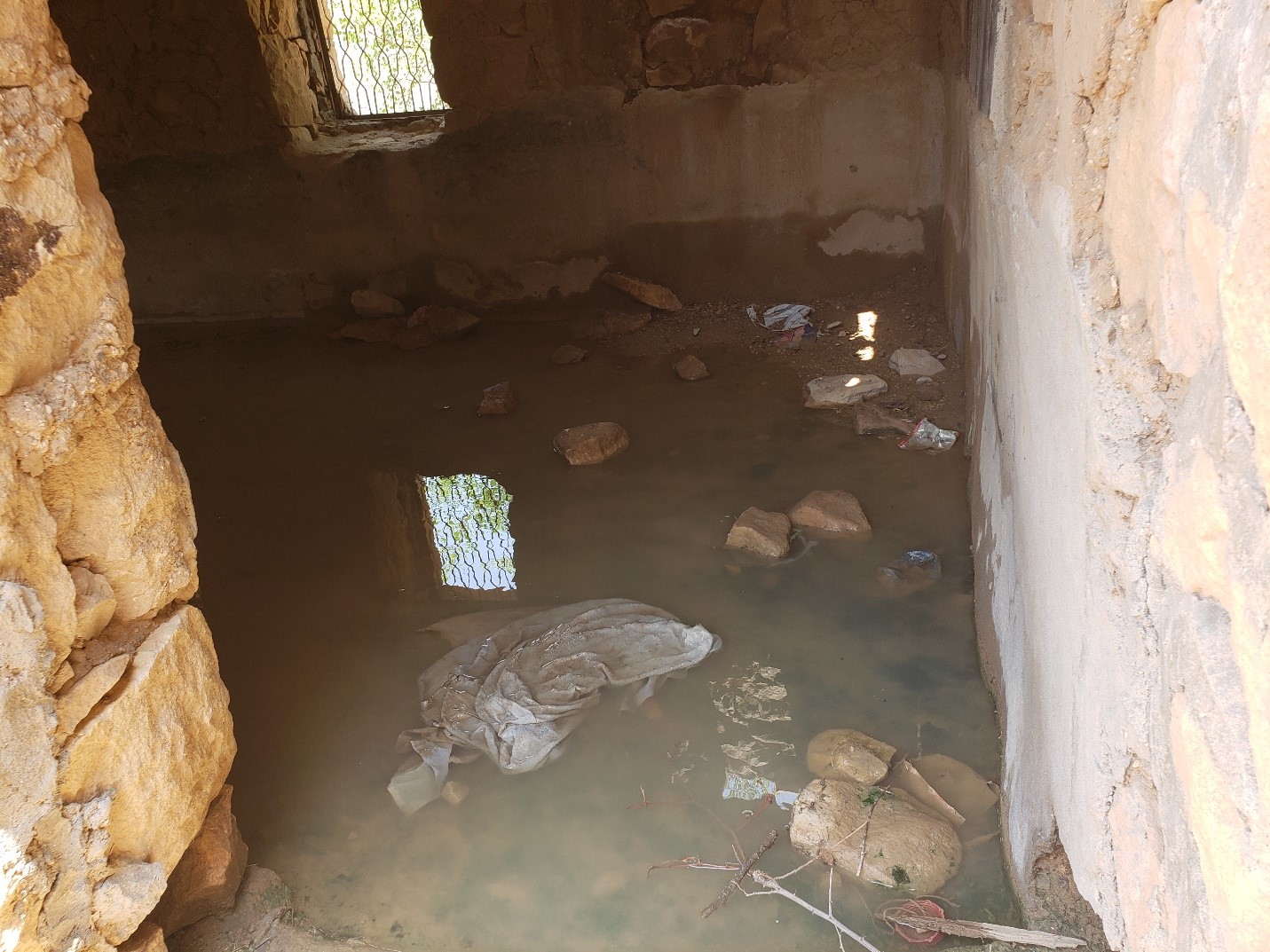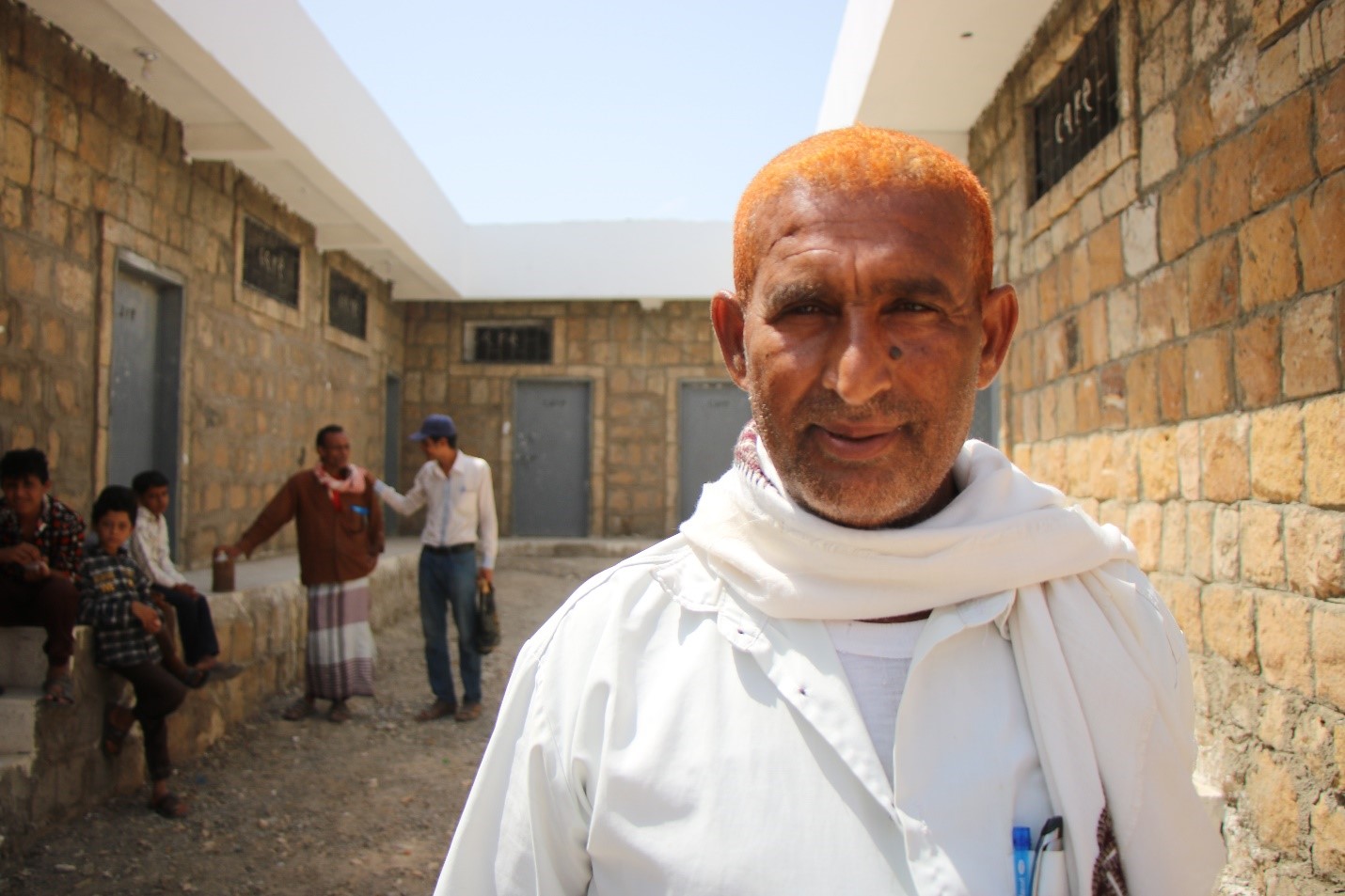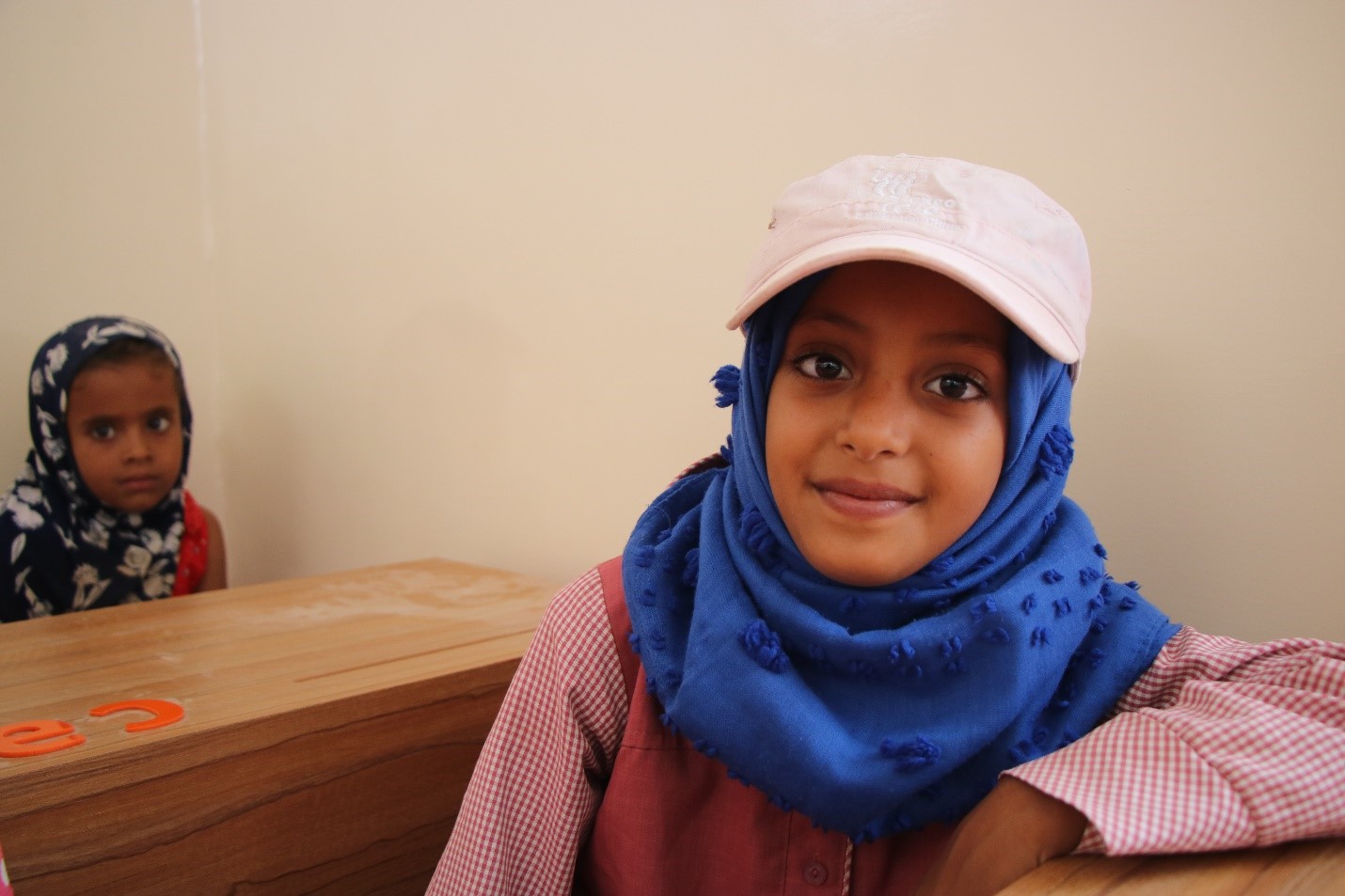The ongoing war has deprived millions of children in Yemen of their right to education. Armed conflict, displacement and attacks on schools prevent many children from accessing schools. One of five schools in Yemen can no longer be used as a direct result of this conflict.
For more than 50 years, Al Hamdi school in Ash Shamayatayn district, a district in Taiz governorate, has been serving hundreds of students that come from 12 surrounding villages. After years of neglect, the school has become shabby and unfit for studying. The roof of the school is destroyed, which makes it unsafe for students and teachers. When it rains, classrooms are filled with water and teachers were forced to stop the classes.
“We get terrified when we find insects inside the classroom,” says 9-year-old Wafa, a student in Al-Hamdi school. “I wish our school was safe, so I can complete my education and go to university. My mother used to dream about becoming a teacher, but she couldn’t fulfill her dream and dropped out.”



